Photo courtesy of World Marathon Challenge.
If you’ve been following me on social media, then you may have heard that I just completed the World Marathon Challenge, which tasks participants with running seven marathons on seven continents in seven days. Yes, you read that right, 183 miles spread across the globe in one week.
My preparation for the World Marathon Challenge was unlike any previous marathon training I’ve done. Typically, I would run 15 to 20 miles a day with some intense hard-running sessions twice a week and then do a long run (usually about 26 miles) in 2:30. However, to build up to the World Marathon Challenge I did 60 to 90 minutes of intense weight training and an easy 30- to 60-minute jog every day—no hard run sessions and no long runs. In the three months prior to the World Marathon Challenge, the furthest I ran was eight miles.
Why did I choose such an unorthodox buildup?
All too often people sign up for an epic challenge and over-train, leaving them injured or extremely fatigued. My unique buildup was to ensure I came to the start line healthy and fresh, which I definitely did. I knew I could complete the challenge if I trained properly, but I wasn’t sure I could do it on this minimal of training, so that made things interesting. I knew that my biggest challenge was going to be mental, so I trained my mind for battle. For example, I kept telling myself “I can always take one more step” until it was so ingrained in my mind that it became a reality. I also repeated “When things get harder, I get tougher” to convince myself I was created to overcome difficult challenges. And I reminded myself to “just have fun.” If I’m having fun then I’m usually running well and am happy when I cross the finish line.
My World Marathon Challenge Experience
I’m happy to report that my preparation, though unconventional, paid off. Below are the journal entries I recorded after completing each marathon.
MARATHON 1: UNION GLACIER, ANTARCTICA
It felt great to kick things off today. After spending the last 4 days in Antarctica, everyone was getting stir crazy in camp. We were actually staying on a glacier with the mountains looming all around us. Snow was everywhere despite the fact it was the peak of their summer.
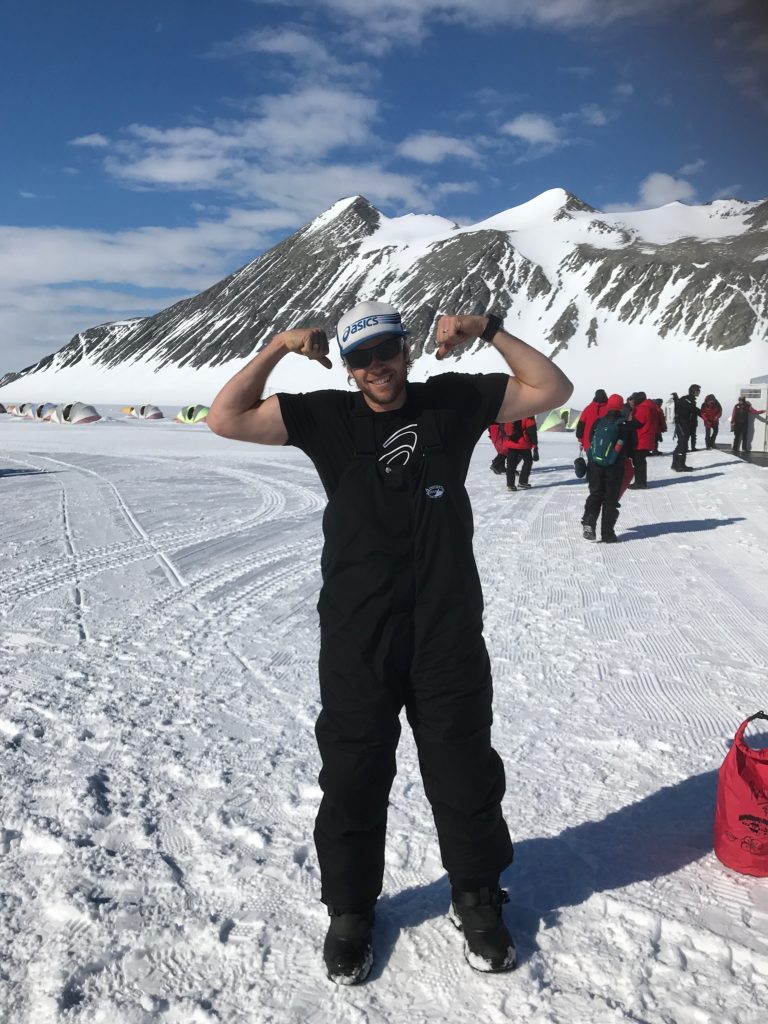 Photo courtesy of World Marathon Challenge.
Photo courtesy of World Marathon Challenge.
The temperature today was around 0 degrees Fahrenheit with some pesky winds that made our four-loop course a real challenge. The path was covered in snow, but the race organizers groomed it 24 hours prior to the start, so the footing was surprisingly good.
I started my seven-marathon challenge in my typical fashion: fast. In this case too fast. I could see my moment-by-moment pace on my Fitbit Surge, so I knew I was probably running faster than I ought to, but hey, you never know how long you can hold a faster pace until you try.
I ran the first 6.55-mile loop at about a 6:30 pace, the next at a 7-minute pace, the following at an 8-minute pace, then died a slow death on the last lap. If it weren’t for grabbing a large handful of cookies at mile 23 I’m not sure I would have made it.
It felt good to finish a marathon again. My last was Boston in 2014. My legs aren’t too trashed, so I’m curious to see how I’ll feel on number two (set to begin nine hours from now…ouch). Oh, and I set a new personal record for my slowest marathon time. I had never run longer than 2:30 until today. At 3:26, I only missed my personal best marathon time by 1 hour and 22 minutes.
The most challenging part of being in Antarctica is getting used to 24-hour-a-day sunlight. We were staying in camping tents so it was impossible to get darkness. I’m really looking forward to getting a good night’s rest tonight at a hotel in Punta Arenas, Chile—the destination of our next marathon.
Marathon time: 3:26:31
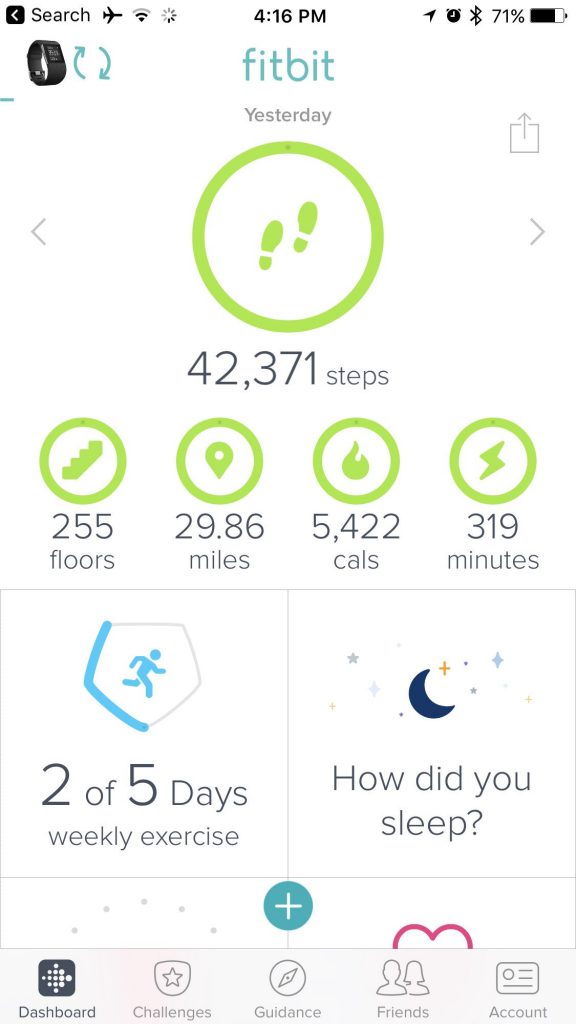
MARATHON 2: PUNTA ARENAS, CHILE
Running on firm ground today felt amazing. It’s crazy how big of a difference it makes to not slip when you push off your toes. I was surprised at how good my legs felt, so I decided to go out harder to test the waters a bit. I was running a sub-3-hour pace halfway through the race before the fatigue set in and I started slowing down.
This entire course was concrete, which is brutal on the legs—my calves were absolutely hammered the last 10k. Luckily I have my extra cushy Asics 33-M to help offset the pounding. I would never recommend running a step on concrete. It’s 10 times harder than asphalt.
After the race, my legs actually felt decent until I sat down for breakfast the next morning. When I tried to get up I thought I was going to need a wheelchair; I could hardly move. One thing that has helped me on this trip is hitting the weight room after my marathons. It doesn’t make sense, but moving around a bit and getting a pump in my arms really helps with blood circulation. I usually feel like death when I first hit the gym but feel ready to run another marathon after. Kind of weird, but it’s working for me. Plus, I refuse to lose any muscle on this trip.
Speaking of muscle preservation. I’ve never eaten so much food in my life. I’m constantly eating. Massive steaks after my marathons and tons of candy during the races.
It was nice to get six hours of sleep in the hotel last night. I’m not going to have the luxury of staying in a hotel for two more nights.
Marathon time: 3:06:33

MARATHON 3: MIAMI, FLORIDA
It was really nice to be greeted by Miami’s local running community. Any support we runners can get right now goes a long way.
Before the start of today’s race, I jogged down to a restroom and got slightly concerned. I was a sight to see, hobbling like a 100-year-old man. Yet somehow when the gun went off I actually felt pretty good and, once again, went out way too fast.
Let me pause here and explain why I’m a fan of going out hard in a marathon. The marathon is going to hurt no matter if you run a 5-minute pace, a 7-minute pace, or a 10-minute pace, so I figure if I run fast than I’ll get done in less time. I also think it’s a lot easier to establish a good tempo early and just try to hold it. Even if you slow down later in the race you will have bagged so much time that you’ll still come in ahead of schedule.
Anyway, back to the race. My calves were extremely tight from the beginning. But on the up side, they couldn’t have possibly gotten any tighter and actually started feeling better after 20 miles.
It was great having a couple of local friends join me for the run. Running with people always makes the time pass quicker and they were massively supportive in grabbing me gels, candy, and even slushies to manage in the warm Miami sun.
I was glad to get to the finish line in 3:16. I figure anything under 3:30 is great for me considering my unorthodox training approach.
My legs felt trashed after the race, but once again, a gym session had me feeling better physically and mentally. Now back on to our chartered plane for a red-eye to Madrid, Spain and our next marathon.
Marathon time: 3:15:36
MARATHON 4: MADRID, SPAIN
Getting five hours of sleep prior to a marathon is never a recipe for success, so I shouldn’t have been so surprised that I felt sluggish at the start.
I had a much more conservative race strategy this time and was just trying to run around eight minutes per mile. My calves felt like rocks from mile one so I was only able to maintain that pace through 20 miles before the wheels completely came off and I had to do a couple hundred meters of walking, which was a first for me.
Despite taking in nine donuts and a bunch of candy, no carbohydrates could possibly dig me out of the hole I found myself in. It took every bit of mental and spiritual strength I could muster to not walk it in.
I was lucky to have my good friend Jaap Berg pacing me on a bike the whole way. Without his support I don’t think I would have made it. The worse I feel, the more essential camaraderie becomes. Without the support of others I would never make it.
When I finished my legs immediately locked up; I wasn’t sure if I’d even be able to walk. However, hitting the gym for an hour of weight training helped my body and mind feel better.
It’s hard to picture running another marathon tomorrow, but God will give me the grace I need to get through the day.
Marathon time: 3:41:41
MARATHON 5: MARRAKESH, MOROCCO
We were lucky enough to get our second and last night in a hotel yesterday. It felt glorious to sleep in a real bed. Unfortunately, we were only able to get in 5 hours of sleep before starting our next marathon.
When I woke up I felt like death and nearly toppled over when I took my first steps. On the starting line I was planning on trying to run as much as I could before doing some walk/running. So when I began I was surprised to find that my previously rock-tight calves felt surprisingly normal. Not only that, but my energy actually felt good and my Surge showed that my heart rate was low. I gradually increased my speed until I was clipping along at a 6:40 pace feeling like a million bucks. Not only did I feel physically changed, but something also happened to my spirit. It was almost as if I was confronted and had to choose: flight or fight. The fighting side of me rose up and it were as if my spirit said: Not today. I may have gotten absolutely destroyed by the marathon yesterday, but not today. Today I fight. It was a very unusual yet powerful experience for me. One I’ll never forget.
Today had to be one of the biggest surprises of my career. I ended up running 3:04 (only an hour off my PR. I was thrilled, mainly because I went from feeling like death to actually feeling like Morocco was good to me. Thus far Marrakesh has been my favorite of the cities we’ve visited. I definitely want to go back when I have more than 22 hours to spend. But for now, off to Dubai in the United Arab Emirates!
Marathon time: 3:04:56
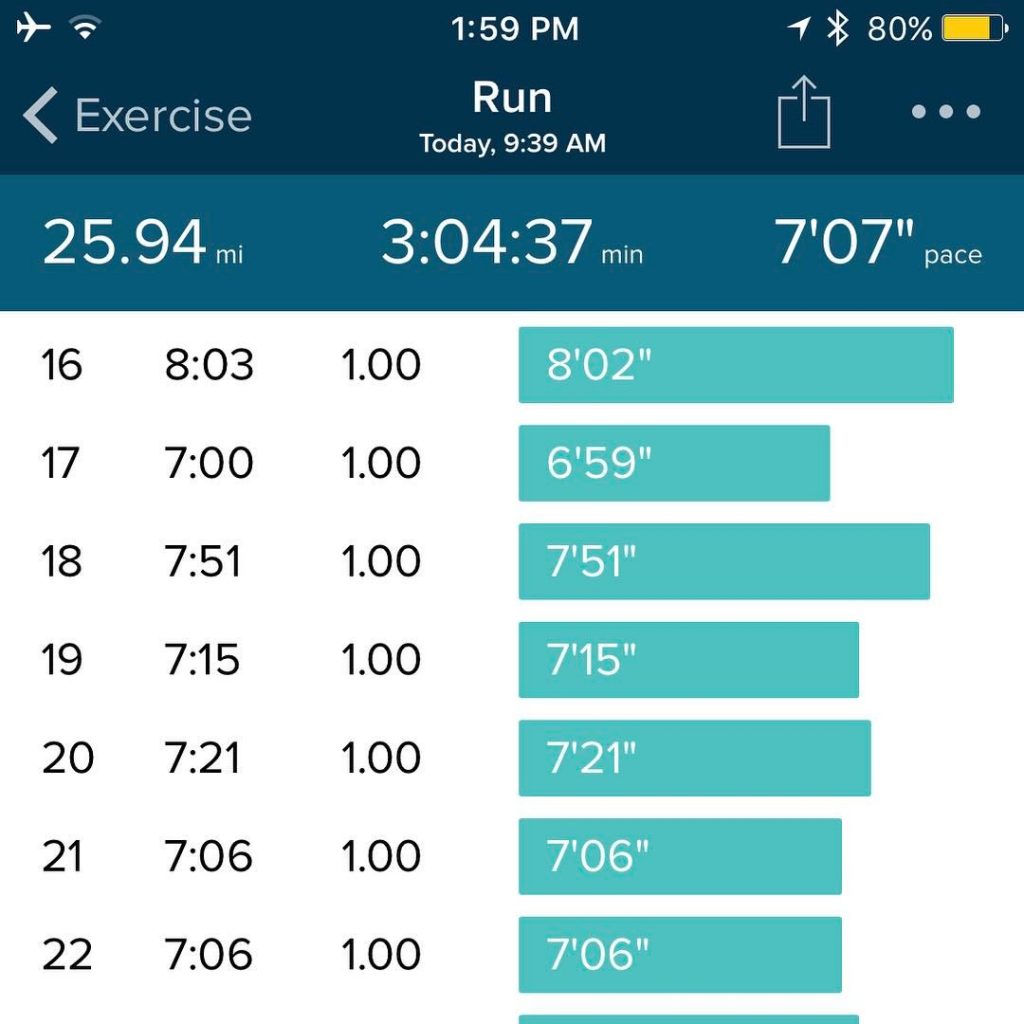
MARATHON 6: DUBAI, UAE
Whatever happened to my body yesterday did not last through today. Despite running on a nice, slightly rubber track on out-and-back loops for 10k, my legs were so dead that it was hard to enjoy the beautiful beach we ran along.
I started off running a sub-3-hour pace through 8 miles, which in hindsight was way too fast. I then died a long and slow death over the remaining 18.2 miles.
What concerned me more than my fatigue was the state of my right hip. I could feel a growing dull pain in my hip from the moment we started. The pain intensified to a point then remained my constant, little friend for the last two hours.
This brings me to a quick point. In running you are undoubtedly going to encounter aches and pains, so how do you know which ones you can run through and which ones you should rest? My rule of thumb is that I don’t run through pain that is sharp or that intensifies through the duration of the run. Otherwise, I just clench my teeth and run through it, which is what happened today.
The other challenge of the day was the heat and humidity. We were running in mid-80-degree weather with high humidity, and that’s in winter—imagine the summers! I was drinking fluids and taking gels and candy every 2.62 kilometer, or 1.6 miles. Yet despite all the hydration and calories I still got chills in the last lap, which is a sign of dehydration.
My advice for running in the heat: Drink as much electrolyte-rich fluids as your stomach can handle and drink it before you feel like you need it. Another thing that worked really well for me today was putting crushed ice in my hat to help bring my body temperature down.
It wasn’t pretty, nor fun, but I got through it. Looking forward to better things to come in Sydney tomorrow. I don’t think I’ve ever looked forward to such a long flight, but that will be the only sleep we get before the next and last marathon begins.
Tomorrow is going to be a special day, as it will be the last marathon I will ever run. I’ll be wearing the singlet I wore for my first marathon (I never washed it or took the bib off). The marathon has been so good to me. It’s taken me around the world, it’s allowed me to meet many amazing people. But most importantly I’m thankful for what the marathon has taught me: that I can push myself further than I believed, to love challenges, to take risks, and that running a good marathon is done in training, not in the marathon itself. Finally, it’s taught me to draw strength from sources outside myself (God) when I have no strength. For all of this, I will always be thankful to the marathon. I came into this sport with an epic 15-mile run when I was 13. Now, more than 20 years later, I’m going out on another epic running challenge that will allow me to say a proper goodbye to the marathon, something I wasn’t able to do during my professional career.
Marathon time: 3:46:20
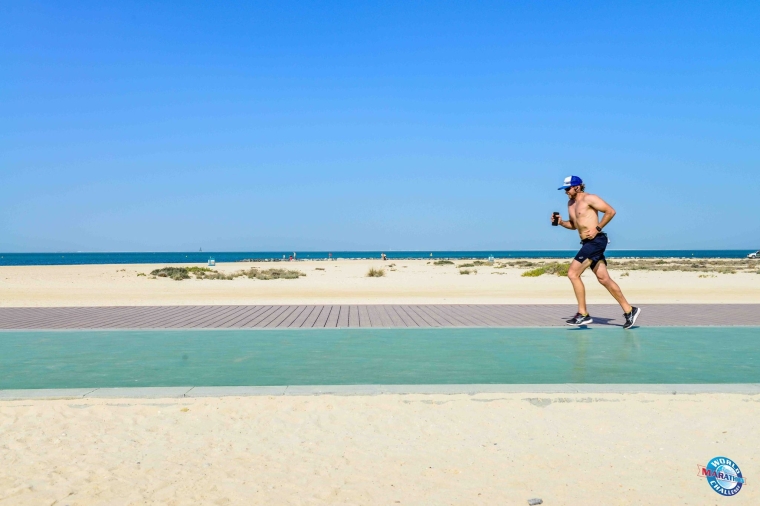 Photo courtesy of World Marathon Challenge.
Photo courtesy of World Marathon Challenge.
MARATHON 7: SYDNEY, AUSTRALIA
I knew I was in trouble today as soon as I walked off the plane. The subtle pain in my right hip had been getting worse and worse over the course of the last two marathons. I wasn’t able to walk without a limp, so I knew I wouldn’t be able to run without a limp either.
It was a long day, to say the least. I may have set the world record for the biggest time differential between your fastest and slowest marathon as I took over 5 hours to finish today.
I got a massage part way through the race, which helped for a couple of miles, but it was clear today was going to be one of those days you just have to put your head down and find a way to keep moving forward.
Luckily, running along the ocean at Manly Beach made it easy to relax and just enjoy myself. It wasn’t a pretty last marathon, but this challenge is all about finishing. Anyone who finishes seven marathons in seven days on seven continents should be proud regardless of how long it takes.
At the end of the race I ended my last ever marathon the way I always envisioned. I stopped, pulled off my shoes, and left them on the finish line. It was an emotional goodbye as the marathon has meant so much to me throughout the years. But it was time to say goodbye. Now it’s on to new fitness challenges and helping others achieve the same breakthroughs I was able to achieve throughout my career.
Marathon time: 5:15:34

Overall Fitbit Stats
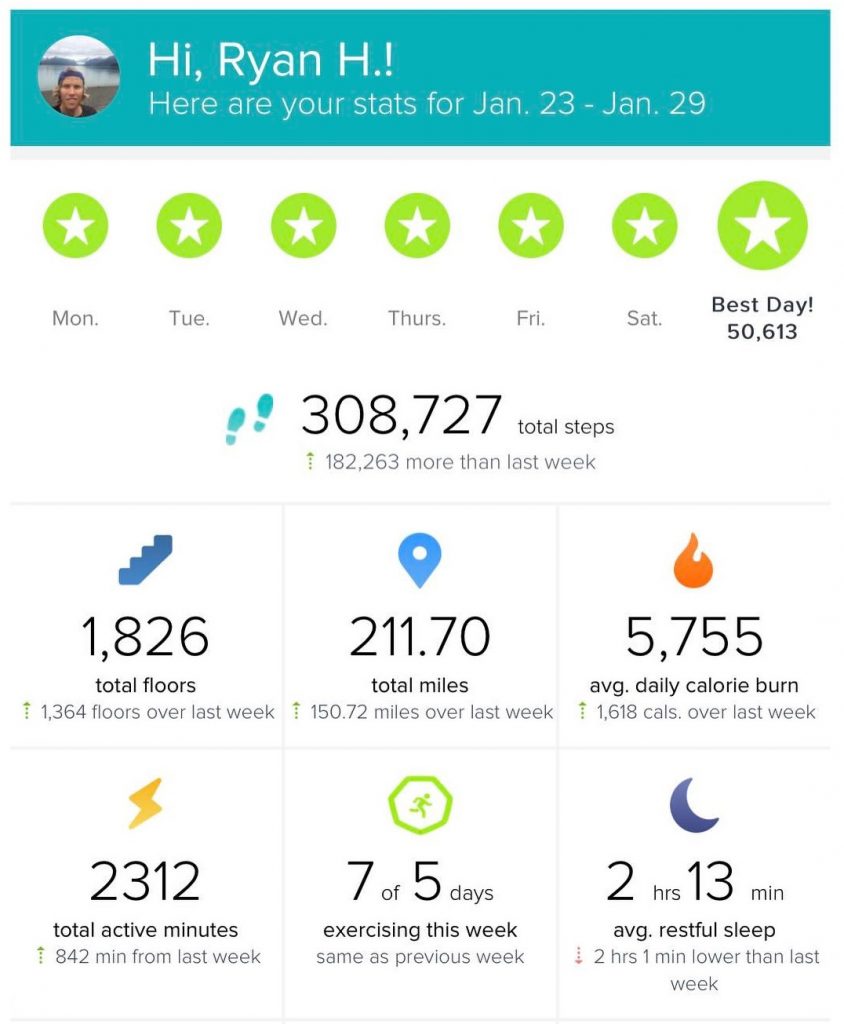


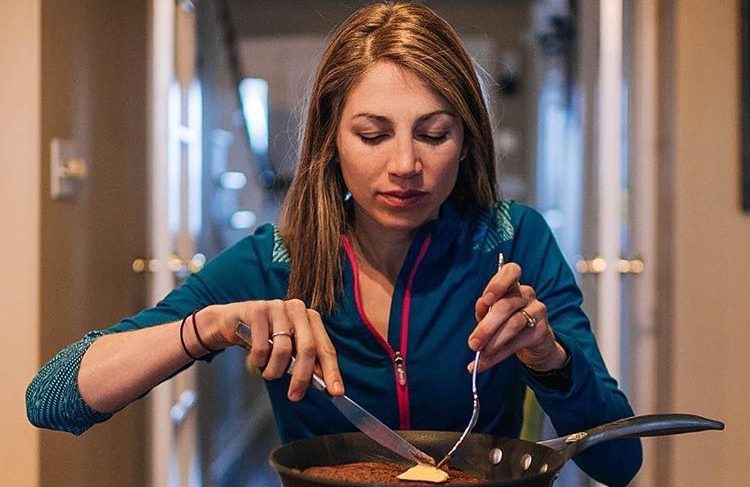
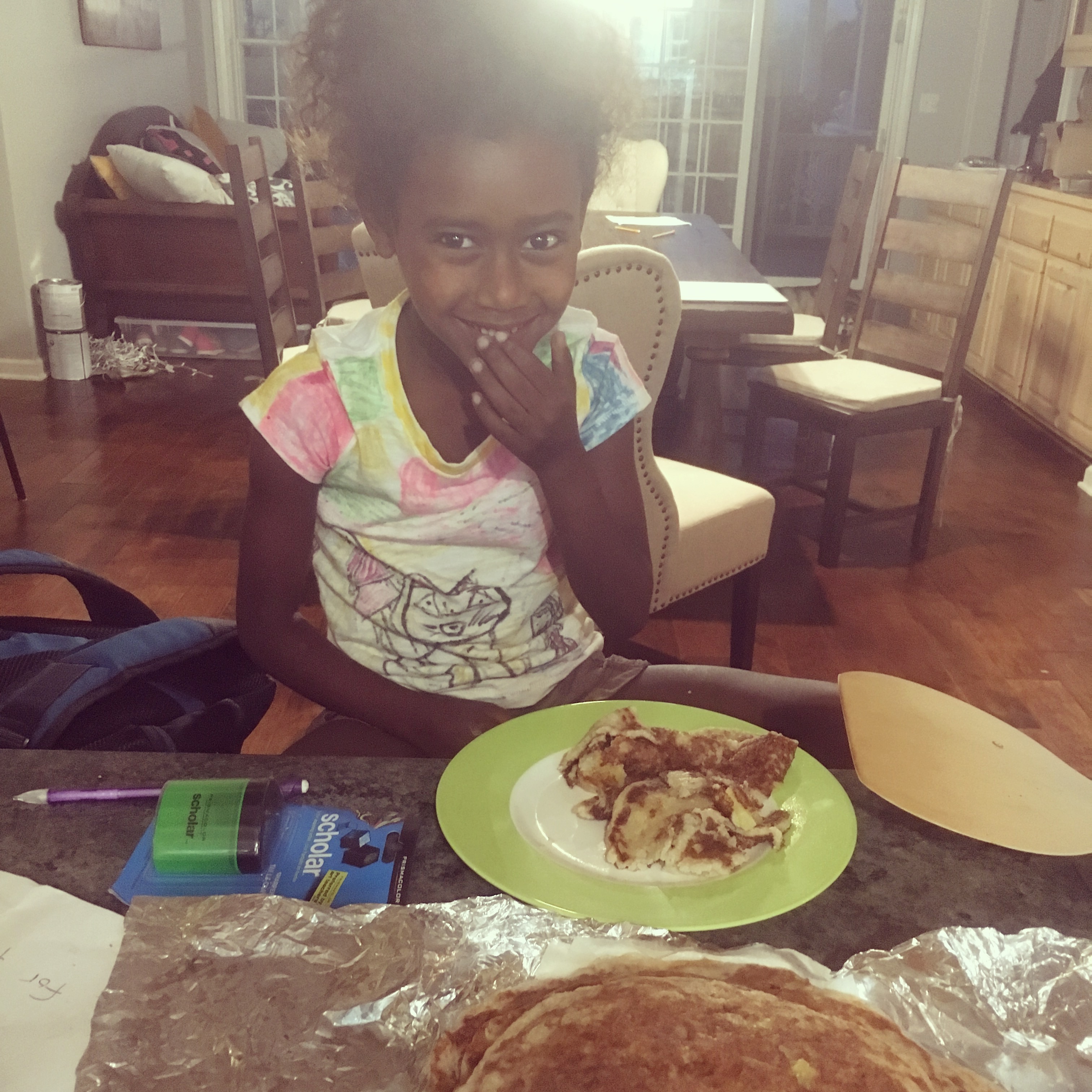



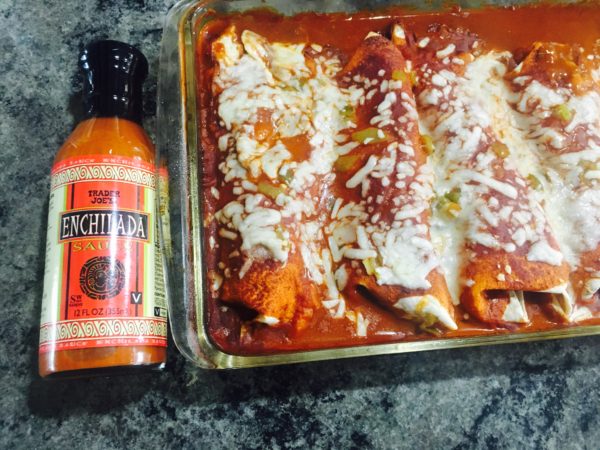






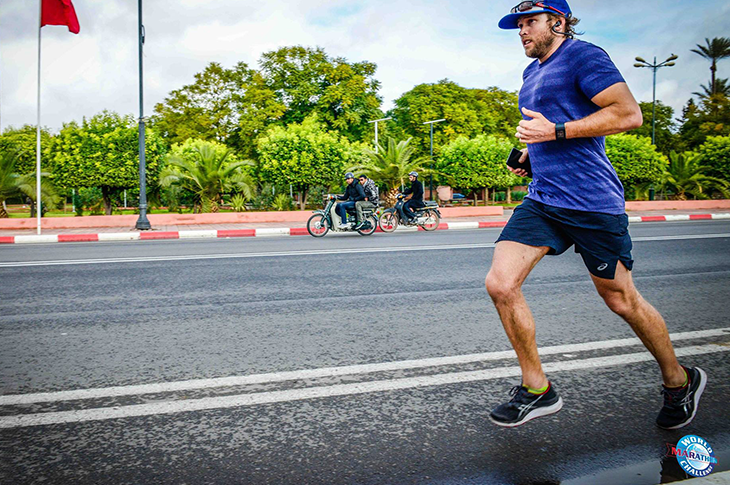
 Photo courtesy of
Photo courtesy of 


 Photo courtesy of
Photo courtesy of 
